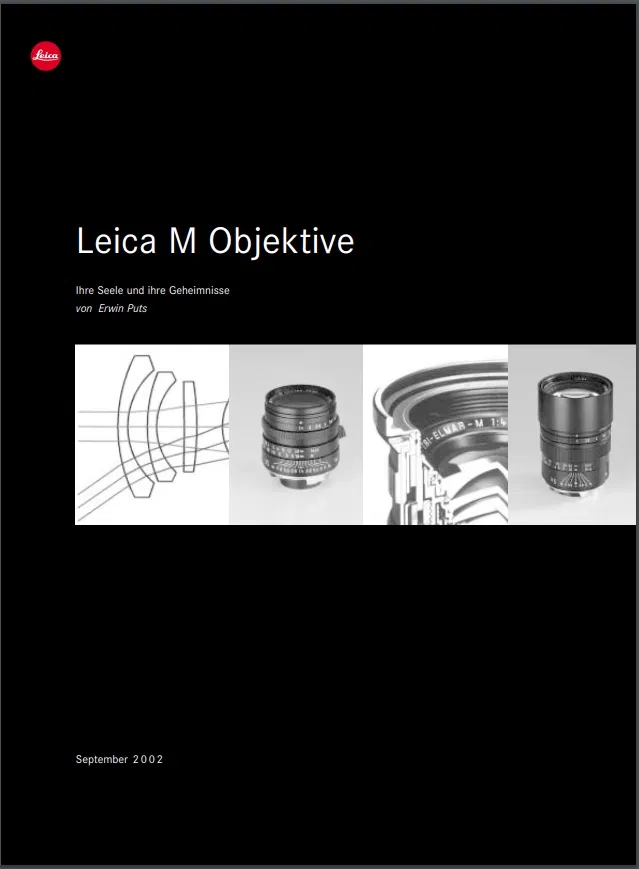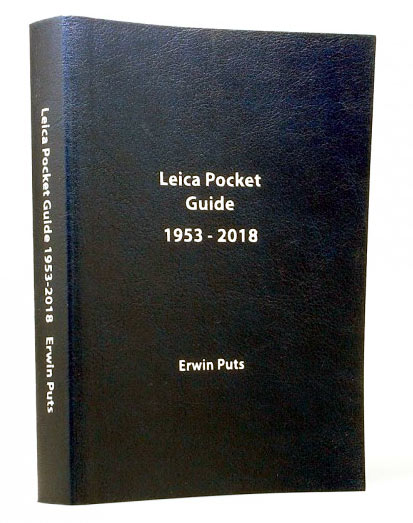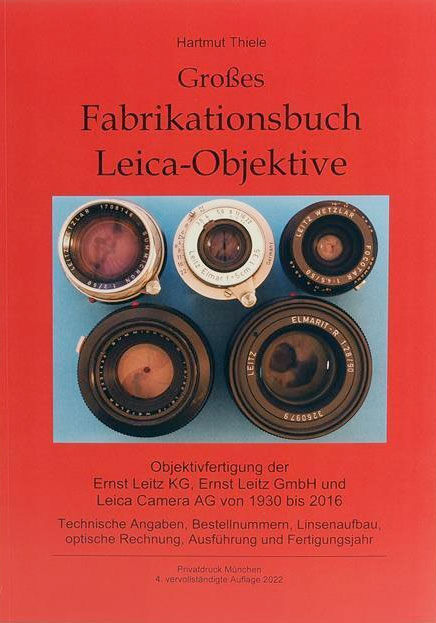Literatur
In photography as a passionate hobby, it is of interest to depict your motifs with the highest possible resolution (image sharpness, richness of detail) and with the highest possible contrast. The image should realistically display coarse and fine structures in all areas of the image. Unfortunately, this theoretical wishful thinking cannot be perfectly implemented in practice. It has been shown that, particularly with fine object structures, deterioration in contrast occurs, so that above a certain level of fineness, the features can no longer be evaluated by the image processing software. This decrease in image quality typically also increases from the center of the image to the edge of the image.
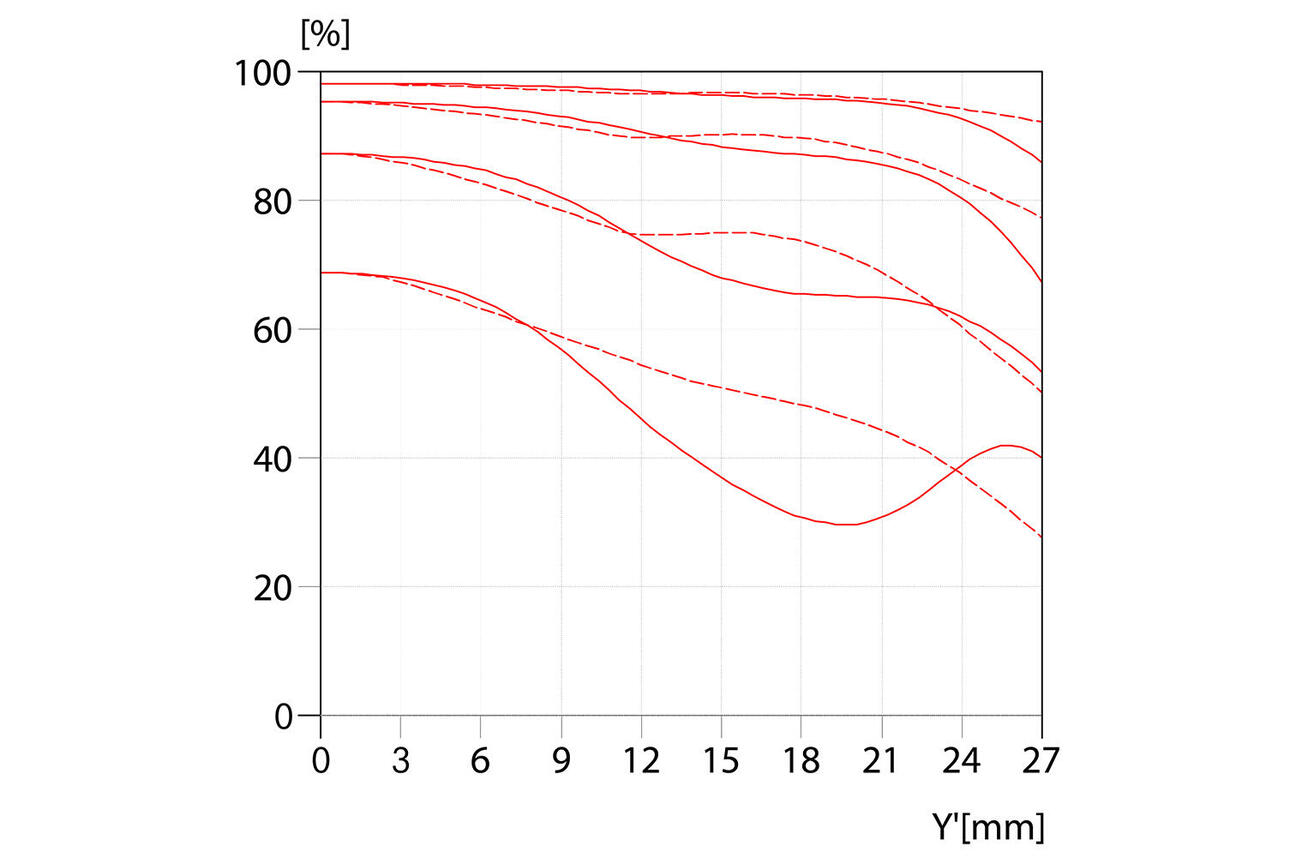
To assess the resolving power of a lens, the modulation transfer function (MTF) is primarily used. These diagrams, which are available from the manufacturer, make a statement about how many adjacent black-and-white line pairs are still differentiated and with what contrast - that means, the more line pairs with the highest possible contrast, the better the lens.
Lens manufacturers and Photo trade magazines regularly publish MTF charts to evaluate recent releases. In principle, the values achieved are very high in accordance with the technical possibilities of our time and can often only be differentiated in nuances, at least with lenses in a similar price segment.
With Leica, thanks to the traditional M bayonet, the classic Leica lenses from pre-war years can be attached or adapted to even the most modern digital camera models such as the Leica M10, Leica M11 or Leica SL2. In the many decades of lens development, great progress has of course been made and significant improvements have been achieved. A Leica lens from the 1950s can of course not compete "in terms of quality" with a current lens from the latest calculations. Nevertheless, there have always been outstanding milestones in lens development in Leica history, legendary classics that still arouse desire and are sought-after pieces on the used market.
Especially the ambitious Leica photographer who works with these classic Lenses "experimented", is often interested not only in the special imaging qualities but also in the technical measurement results of MFT curves and their interpretation.
Of course, photographic practice is much more important than MTF curves and other more or less scientific tests . But if you want to technically compare the contrast behavior, image sharpness and resolution qualities of a lens with your own impressions and practical experiences, you will be happy to look at an MFT curve for your lens to confirm your impression.
For these comparisons, suitable for Leica photographers the following publications:
Leica Pocket Book – 9th Edition

Succinct descriptions, the most important technical data, a picture and MTF diagrams - this is available in the Leica Pocket Book about pretty much every lens that Leica has built, already in many editions, most recently in the 7th edition as a German-language version . The researched annual production or sales figures are helpful - at least for all older cameras and lenses - as well as the list of serial numbers and production years for all lenses.
In the current 9th edition, the reference work marks the collected state of knowledge for the year 2023.
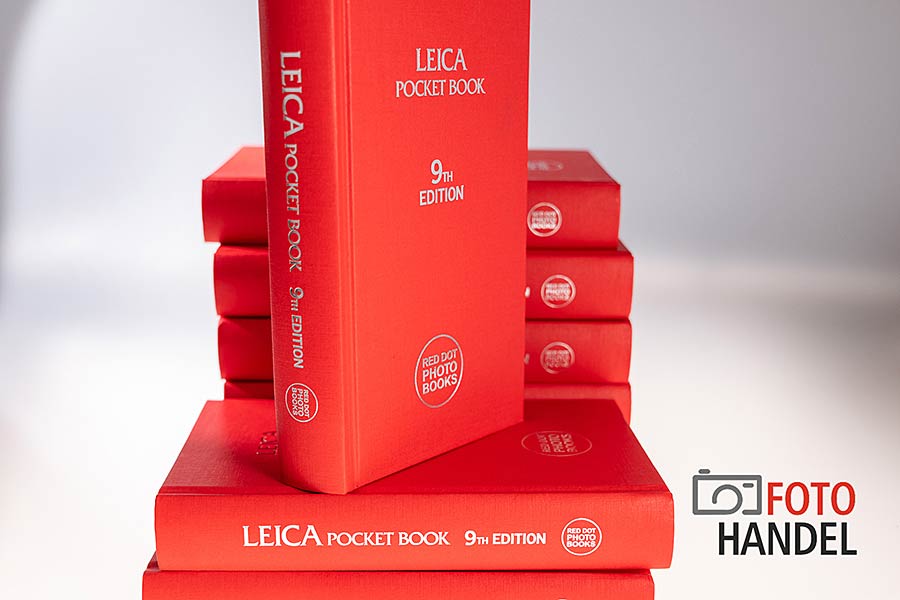
Currently still available at fotohandel.de (phone orders only):
The "Leica Pocket Book – 9th Edition"
The Leica Pocket Book is a handy and reliable reference work , which describes all Leica cameras and lenses. Technical data, characteristics and deviations (e.g. in the case of special editions), codes, production period and figures and the serial numbers are given.
The new edition is based on the previous editions. Here now have Dr. Frank Dabba Smith and David Slater have incorporated the additions and innovations in Leica production up to 2022 into the book.
This is how all Leica cameras and lenses from over 100 years are described, from the original Leica to the Leica M11 and the M6 rebirth, plus all the R cameras, the early analogue SL models and their modern digital namesakes, the products from the defunct APS-C system and the medium format system S.
Hard book in the format 190 x 110mm 427 pages with approx. 500 b/w illustrations and diagrams All texts in English.
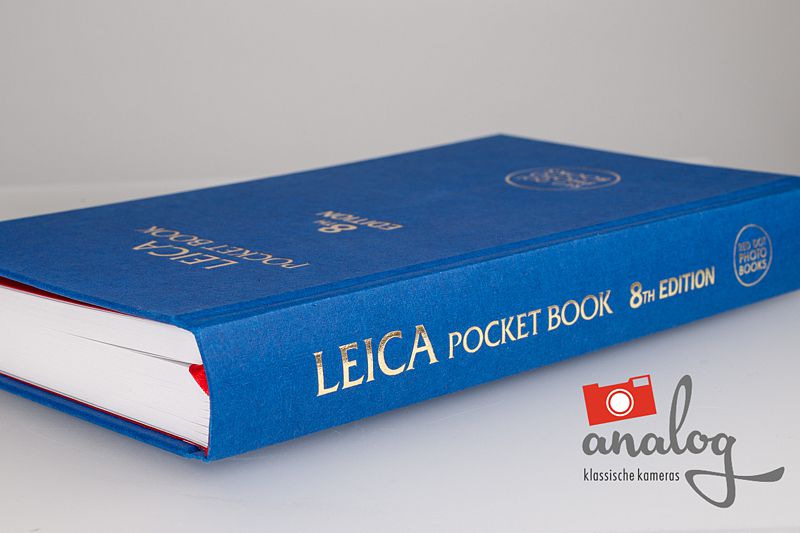
The "Leica Pocket Book - 8th Edition"
The product guide provides an overview of Leica cameras and lenses from 1925 to 2012. This book is an absolute must for every Leica collector and was reissued in 2018 by "Red Dot Photo Book" based on the last edition from 2012. However, the demand was huge and the book was soon sold out again.
The handy reference work contains numerous illustrations, technical data, characteristics, special editions, production periods and numbers, serial numbers (until 2008) until the market launch of the Leica M9. In contrast to the predecessor "Leica Pocket Book - 7th Edition", this version is only available in English.
Hard book in the format 190 x 110mm
330 pages with approx. 500 b/w illustrations and diagrams
All texts in English. Unfortunately sold out.
If you can buy such a copy cheaply on ebay, for example, it is a chance to get one of the reference works in the Leica product history.
If an "essence" from the reference work mentioned above is sufficient for PDF download, Leica Camera AG provides this compilation of Leica lenses from 2002.


